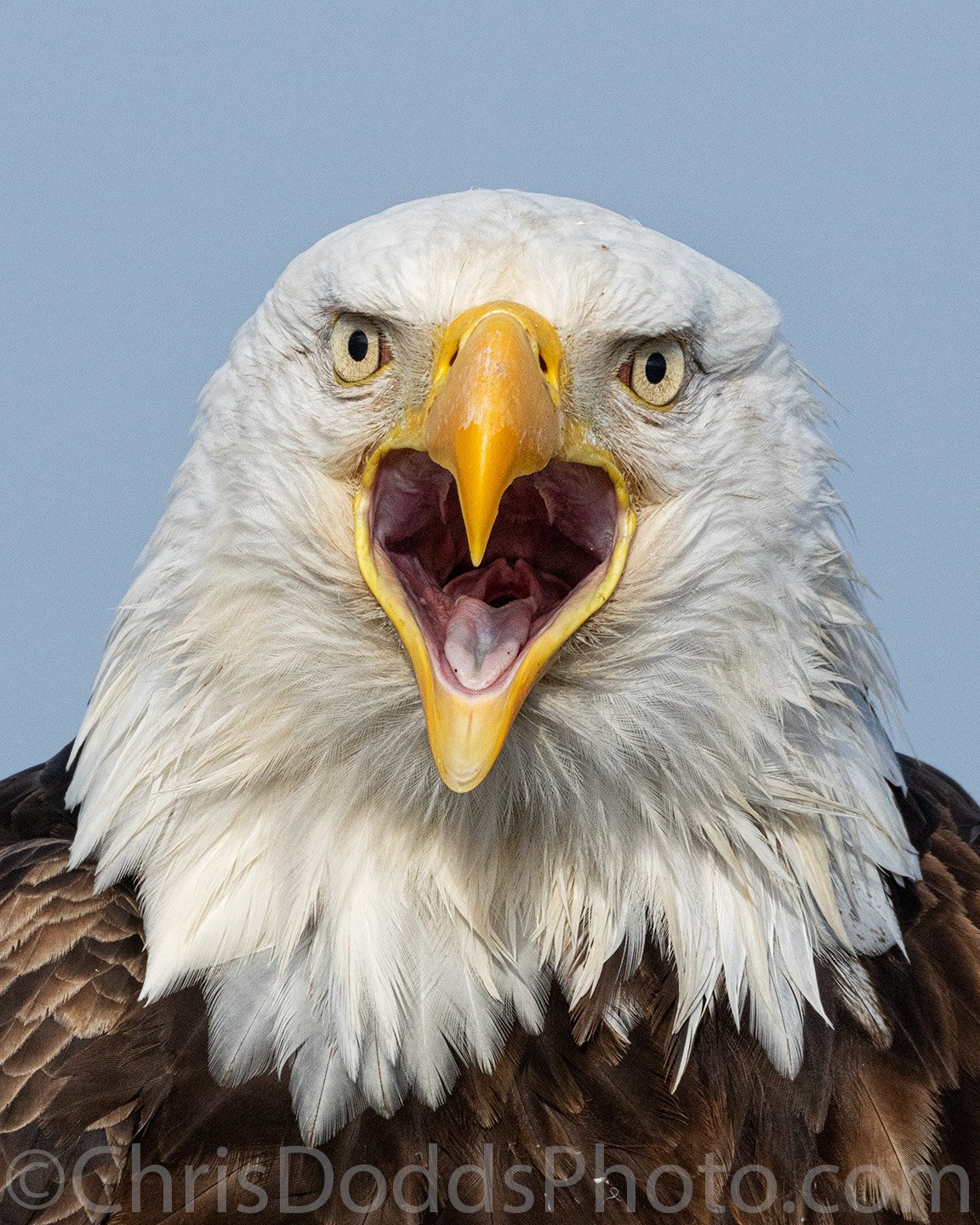Some Atlantic adult Common Murres in breeding plumage have a "bridle": a white eyering with a white line extending behind it. The Common Murre (Bridled) is a race or sub-species of the Common Murre, which is seen in North America. Although the Common Murre is seen in the Pacific and the Atlantic Oceans, this race is only seen in the Atlantic waters. It can be easily recognized by its bold white facial markings. It also has different coloured eggs than the Common Murre. Both races live among each other.
Common Murre(Bridled form) in Flight (Uria aalge, Guillemot Marmette - from bridée, COMU) from my Deluxe Puffins Galore Lighthouse Island Workshop Adventure. Mingan Archipelago National Park Reserve, Quebec, Canada. Image copyright ©Christopher Dodds Sony Alpha 1 Mirrorless camera & Sony FE 600mm f/4 G Master OSS Lens with Sony 1.4X teleconverter (@800mm). ISO 800, f/5.6 @ 1/5,000s. Manual Exposure mode. Full frame image top to bottom(sides cropped to square). Join me for my Deluxe Puffins Galore workshop next August. To learn more CLICK HERE.



















